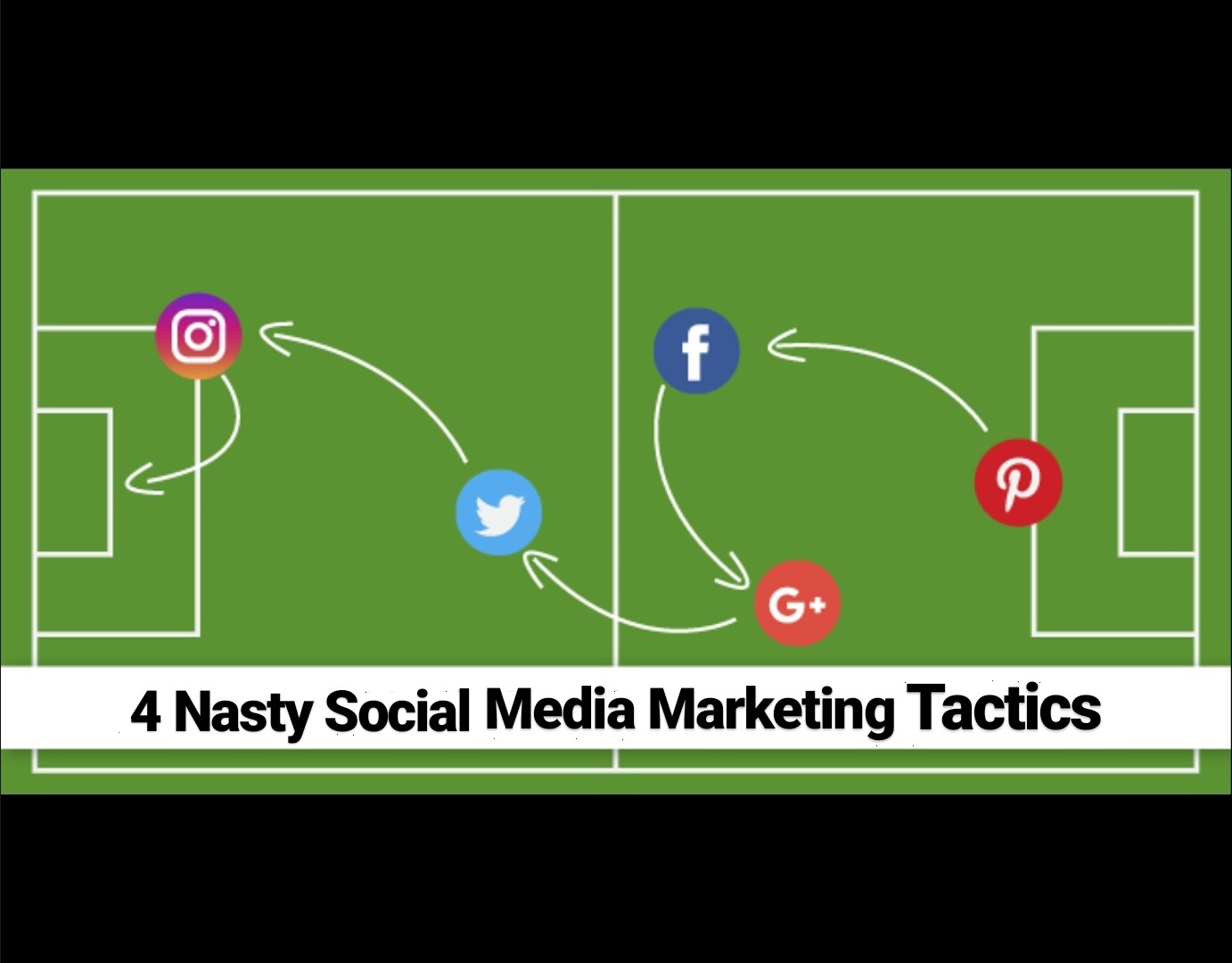
Social listening goes beyond monitoring social media. It can also assist your business in innovation. It can identify keywords to monitor and influencers. Social listening can help build customer-centric mindsets and understand market trends. These are some tips to help you get started. To start social listening, identify your audience and people that matter to them. The next step is to start monitoring conversations about your brand. Our free eBook, Using social networks for business, explains how you can do social listening.
Identifying influential persons
When it comes to social media, the power of social listening cannot be overstated. Brands can identify influential users and experts in niche markets by monitoring comments and responding to them. Social listening can help improve brand recognition and customer service. Listed below are a few tips for identifying influencers in social media. Listed below are just a few of the ways to identify them.
Industry influencers are key to helping brands reach their business objectives and improve their human value. Influencers come in many forms: bloggers, industry experts, bloggers, celebrity reviewers, product testers, bloggers, and others. You must make the influencer relevant to your brand, its goals, and your brand. Social listening can help you identify these people. You can reach these people with powerful social media content if you use it correctly.

Monitor keywords with the help of a keyword identifier
You can reap many benefits from identifying keywords for social listening. It can help you track trends that impact your business. It allows you to monitor your company's brand and other brands as well as keywords that pertain to your product or services. It is not an easy task to identify keywords. Before you start listening in to social media channels, take down keywords that refer to your company and then use a tool like Google Keyword Planner to review them.
When doing social listening, brands usually start by monitoring brand-specific terms. Some companies even set up alerts to monitor specific hashtags and mentions on social media. There's more to this than just monitoring. It's important that you take the time to study the conversations around these topics. Here are a few ways that you can use social listening to make your business more relevant and successful. You'll be amazed at the speed and efficiency with which you can identify relevant keywords or phrases that will allow you to stay ahead of your competitors.
Building a customer-centric mindset
According to the "State of the Connected Customer" report from Salesforce, seventy-three percent of consumers expect companies to know their needs and adapt their business to those needs. This is evident in McDonald's, a well-known fast food chain. This famous fast food chain heard its customers and implemented their feedback to launch Uber Eats and All Day Breakfast.

To build a customer-centric mindset, consider integrating customer-centric training into your employee training program. Customers will be more satisfied if they feel valued and have a positive outlook. Your company can gain many benefits by using customer-centric insight to create products and/or services. For instance, customer service representatives and agents can share valuable insights. Ultimately, this will lead to better customer satisfaction.
FAQ
How can you create good content?
A good piece of content should be informative, helpful, and easy to share. The best content has a clear call to action, such as a link or button that allows readers to sign up for a free trial, read more about a product, or purchase something from your site. Your content should include visuals to be easily shared on all platforms.
Can I do content marketing without an SEO expert? Yes!
SEO experts know how search engines like Google rank pages. They can also tell you which keywords to target when optimising your page.
What length should my content marketing campaign last?
It depends on the industry and what type of product or service is being offered.
If you are a shoe seller, for example, you might spend a month designing new shoes. For example, you might launch the product in August and keep updating it throughout year.
You might have two looks for fall if you sell clothing. You should always offer something new to your audience so they never get bored.
Your goals determine the length of your content marketing campaign. For small-scale businesses, you may only need to focus on one channel. You may need multiple channels for larger companies to reach a wide audience.
What are the differences between content strategies?
Content strategy is a term that encompasses all aspects of the creation, management, distribution, measurement, optimization, and evaluation of content for digital channels. It's not just what you publish on social media sites such as Facebook and Twitter but also what you choose to highlight on your website, blog, and other online properties.
Content strategy is vital because it determines how you will focus your time and effort, the content types you should use, as well as what message you send to your target audiences.
Understanding the role of content in the overall business goals is crucial to help you realize them.
Statistics
- According to research compiled by Coschedule: Companies that publish 16+ blog posts a month get as much as 3.5x as much traffic as those that publish 0-4 posts a month. (criteo.com)
- In fact, would pay more for a better customer experience, and 86% of B2B buyers would pay more. (neilpatel.com)
- To further show the importance of this, 89% of people have stopped doing business with a company because of a poor experience. (neilpatel.com)
- Out of the 1,500 marketers we surveyed for our State of Content Marketing report, 78% who felt their content marketing strategy was exceptionally effective in 2021 had documented their strategy. (semrush.com)
- Measure your goals with a progress indicator of 0-100%. Make your goals collaborative and transparent (semrush.com)
- Content marketing produces 3X more leads per dollar spent. Content marketing costs 62% less than traditional marketing. (criteo.com)
- Seventy-two percent business to business (B2B) (mailchimp.com)
- We found that 40% of businesses don't have a documented strategy yet. (semrush.com)
External Links
How To
How do you develop a content marketing strategy?
The first step is understanding what kind of content you want to create for your clients. Once you have a clear understanding of your clients' needs, you can start creating content. This could involve creating an editorial schedule and planning where these pieces are going to come from. Content should always have a purpose. No matter what format it may be, blogs, social media updates, or other content, all should serve the same purpose.
Once you determine which type of content you want to produce, then it's essential to find out who your target market is. Which market are they most interested in and what is their motivation for buying the content you offer?
Next is to find ways of communicating with your target market. You can connect with people through social media, but there are other options available, including podcasts, videos, and webinars.
After deciding how to communicate with your target market, you should decide what topics or types of content you want. This again goes back to the reason you're writing content. What problem does it solve Are they satisfied? Will it make their life easier?
Now that you know what kind of content you write, it's time to figure out what you want to say. So, do you want to share information on your industry? On current events? Are you focused on specific products or services The answer to that question determines your focus.
Now it's time for you to merge everything together after you have answered the questions.
You want to ensure that every piece of content you create serves its purpose. You don't want to waste anyone's time and energy, so you must build quality into every aspect of your content.
A great content marketing strategy is not complete without many moving parts.